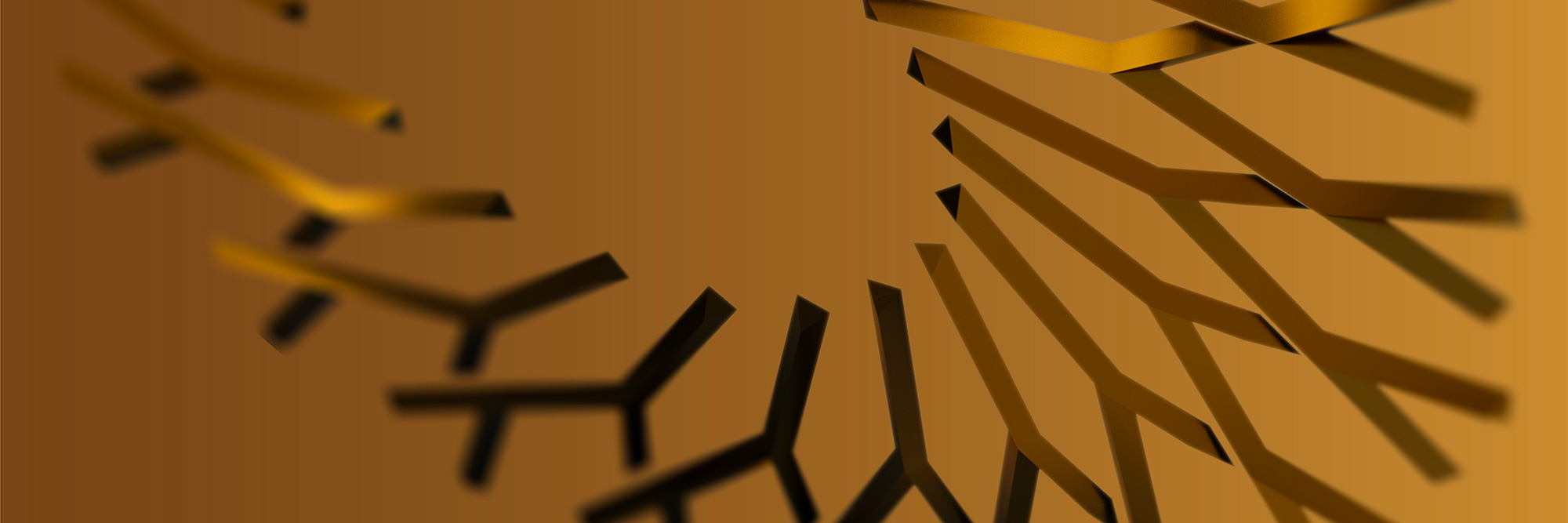10月26日,《Nature》杂志以2页的大篇幅,用英文向全球科技工作者介绍青科会。
10月27日,《Nature》官方微信平台用中文点赞“青年科学家峰会——共启成长之路”。
连续2天,青科会登上《Nature》!
以下为《Nature》杂志页面
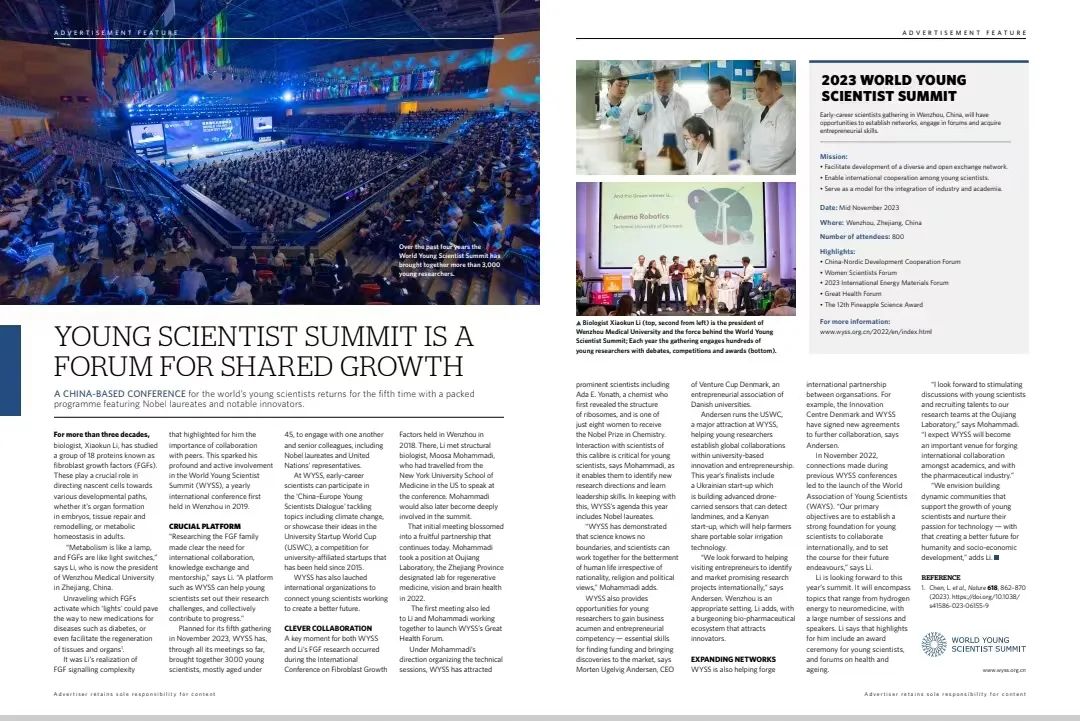
以下为《Nature》官方微信截图
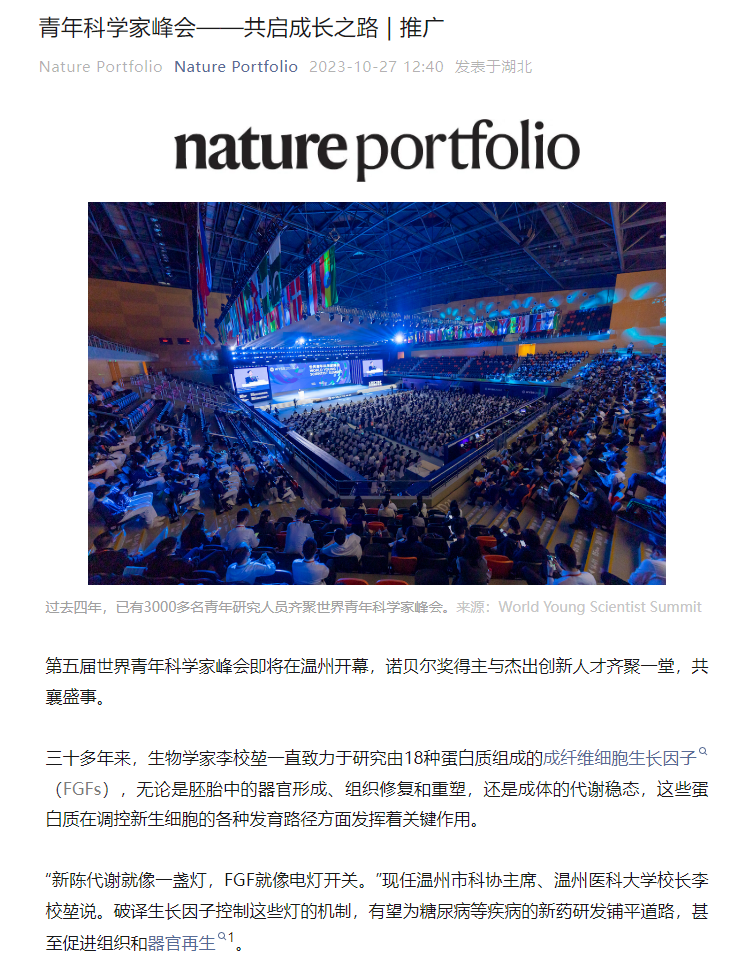
以下为《Nature》杂志文章全文
Young scientist summit is a forum for shared growth
A China-based conference for the world’s young scientists returns for the fifth time with a packed programme featuring Nobel laureates and notable innovators.
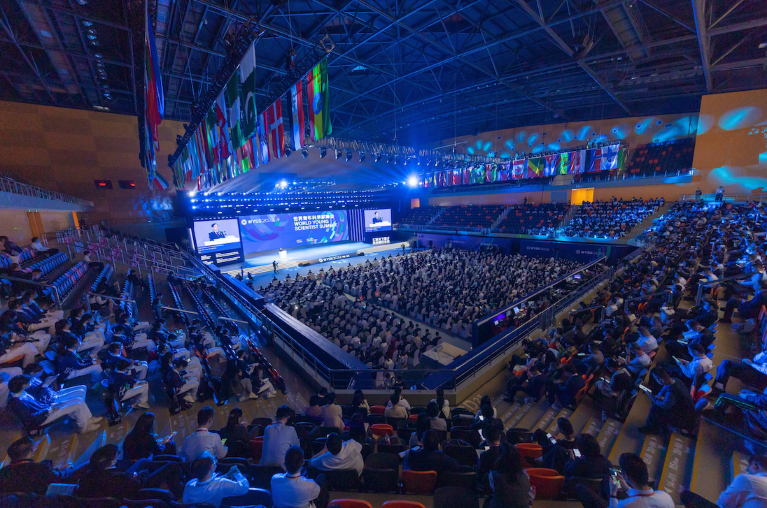
Over the past four years the World Young Scientist Summit has brought together more than 3,000 young researchers.Credit: World Young Scientist Summit
For more than three decades, biologist, Xiaokun Li, has studied a group of 18 proteins known as fibroblast growth factors (FGFs). These play a crucial role in directing nascent cells towards various developmental paths, whether it’s organ formation in embryos, tissue repair and remodelling, or metabolic homeostasis in adults.
“Metabolism is like a lamp, and FGFs are like light switches,” says Li, who is now the president of Wenzhou Medical University in Zhejiang, China.
Unraveling which FGFs activate which ‘lights’ could pave the way to new medications for diseases such as diabetes, or even facilitate the regeneration of tissues and organs1。
It was Li’s realization of FGF signalling complexity that highlighted for him the importance of collaborationwith peers. This sparked his profound and active involvement in the World Young Scientist Summit (WYSS), a yearly international conference first held in Wenzhou in 2019.
Crucial platform
“Researching the FGF family made clear the need for international collaboration, knowledge exchange and mentorship,” says Li. “A platform such as WYSS can help young scientists set out their research challenges, and collectively contribute to progress.”
Planned for its fifth gathering in November 2023, WYSS has, through all its meetings so far, brought together 3000 young scientists, mostly aged under 45, to engage with one another and senior colleagues, including Nobel laureates and United Nations’ representatives.
At WYSS, early-career scientists can participate in the ‘China–Europe Young Scientists Dialogue’ tackling topics including climate change, or showcase their ideas in the University Startup World Cup (USWC), a competition for university-affiliated startups that has been held since 2015.
WYSS has also lauched international organizations to connect young scientists working to create a better future.
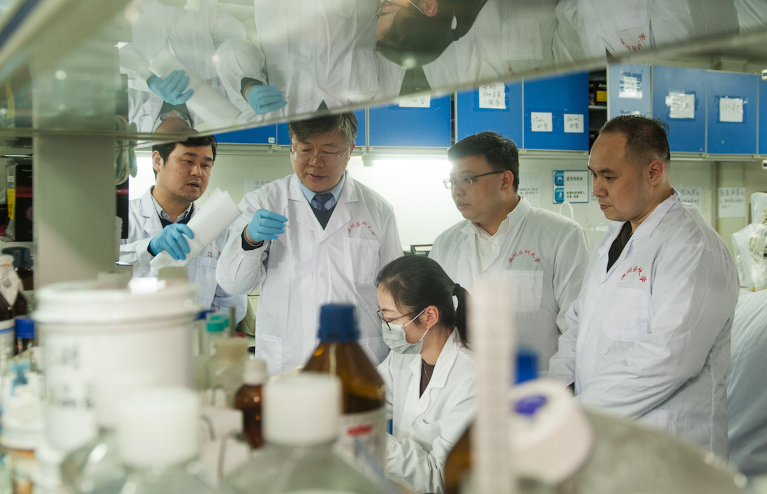
Biologist Xiaokun Li (second from left) is the president of Wenzhou Medical University and the force behind the World Young Scientist Summit.Credit: World Young Scientist Summit
Clever collaboration
A key moment for both WYSS and Li’s FGF research occurred during the International Conference on Fibroblast Growth Factors held in Wenzhou in 2018. There, Li met structural biologist, Moosa Mohammadi, who had travelled from the New York University School of Medicine in the US to speak at the conference. Mohammadi would also later become deeply involved in the summit.
That initial meeting blossomed into a fruitful partnership that continues today. Mohammadi took a position at Oujiang Laboratory, the Zhejiang Province designated lab for regenerative medicine, vision and brain health in 2022.
The first meeting also led to Li and Mohammadi working together to launch WYSS’s Great Health Forum.
Under Mohammadi’s direction organizing the technical sessions, WYSS has attracted prominent scientists including Ada E. Yonath, a chemist who first revealed the structure of ribosomes, and is one of just eight women to receive the Nobel Prize in Chemistry. Interaction with scientists of this calibre is critical for young scientists, says Mohammadi, as it enables them to identify new research directions and learn leadership skills. In keeping with this, WYSS’s agenda this year includes Nobel laureates.
“WYSS has demonstrated that science knows no boundaries, and scientists can work together for the betterment of human life irrespective of nationality, religion and political views,” Mohammadi adds.
WYSS also provides opportunities for young researchers to gain business acumen and entrepreneurial competency — essential skills for finding funding and bringing discoveries to the market, says Morten Ugelvig Andersen, CEO of Venture Cup Denmark, an entrepreneurial association of Danish universities.
Andersen runs the USWC, a major attraction at WYSS, helping young researchers establish global collaborations within university-based innovation and entrepreneurship. This year’s finalists include a Ukrainian start-up which is building advanced drone-carried sensors that can detect landmines, and a Kenyan start-up, which will help farmers share portable solar irrigation technology.
“We look forward to helping visiting entrepreneurs to identify and market promising research projects internationally,” says Andersen. Wenzhou is an appropriate setting, Li adds, with a burgeoning bio-pharmaceutical ecosystem that attracts innovators.
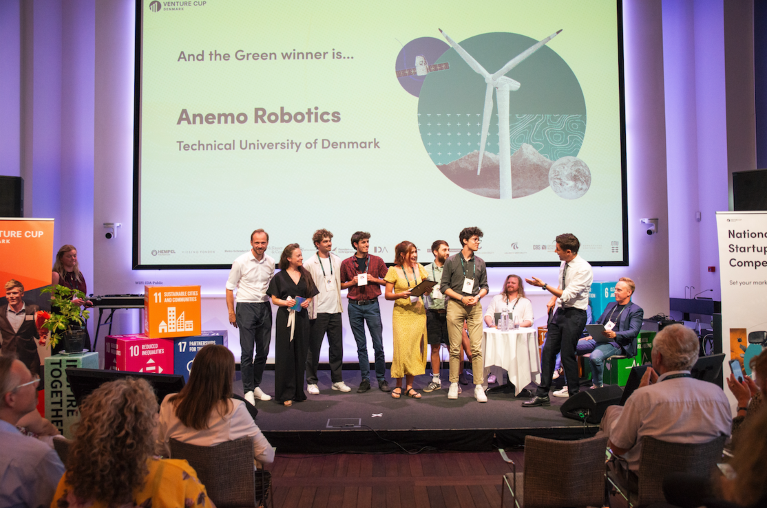
Each year the World Young Scientist Summit engages hundreds of young researchers with debates, competitions and awards.Credit: World Young Scientist Summit
Expanding networks
WYSS is also helping forge international partnership between organsations. For example, the Innovation Centre Denmark and WYSS have signed new agreements to further collaboration, says Andersen.
In November 2022, connections made during previous WYSS conferences led to the launch of the World Association of Young Scientists (WAYS). “Our primary objectives are to establish a strong foundation for young scientists to collaborate internationally, and to set the course for their future endeavours,” says Li.
Li is looking forward to this year’s summit. It will encompass topics that range from hydrogen energy to neuromedicine, with a large number of sessions and speakers. Li says that highlights for him include an award ceremony for young scientists, and forums on health and ageing.
“I look forward to stimulating discussions with young scientists and recruiting talents to our research teams at the Oujiang Laboratory,” says Mohammadi. “I expect WYSS will become an important venue for forging international collaboration amongst academics, and with the pharmaceutical industry.”
“We envision building dynamic communities that support the growth of young scientists and nurture their passion for technology — with that creating a better future for humanity and socio-economic development,” adds Li.
2023 World Young Scientist Summit
Early-career scientists gathering in Wenzhou, China, will have opportunities to establish networks, engage in forums and acquire entrepreneurial skills.
Mission:
• Facilitate development of a diverse and open exchange network.
• Enable international cooperation among young scientists.
• Serve as a model for the integration of industry and academia.
Date: Mid November 2023
Where: Wenzhou, Zhejiang, China
Number of attendees: 800
Highlights:
• China-Nordic Development Cooperation Forum
• Women Scientists Forum
• 2023 International Energy Materials Forum
• Great Health Forum
• The 12th Pineapple Science Award
For more information:
www.wyss.org.cn/2022/en/index.html
以下为《Nature》官方微信文章全文
第五届世界青年科学家峰会即将于2023年11月11日在温州开幕,诺贝尔奖得主与杰出创新人才齐聚一堂,共襄盛事。
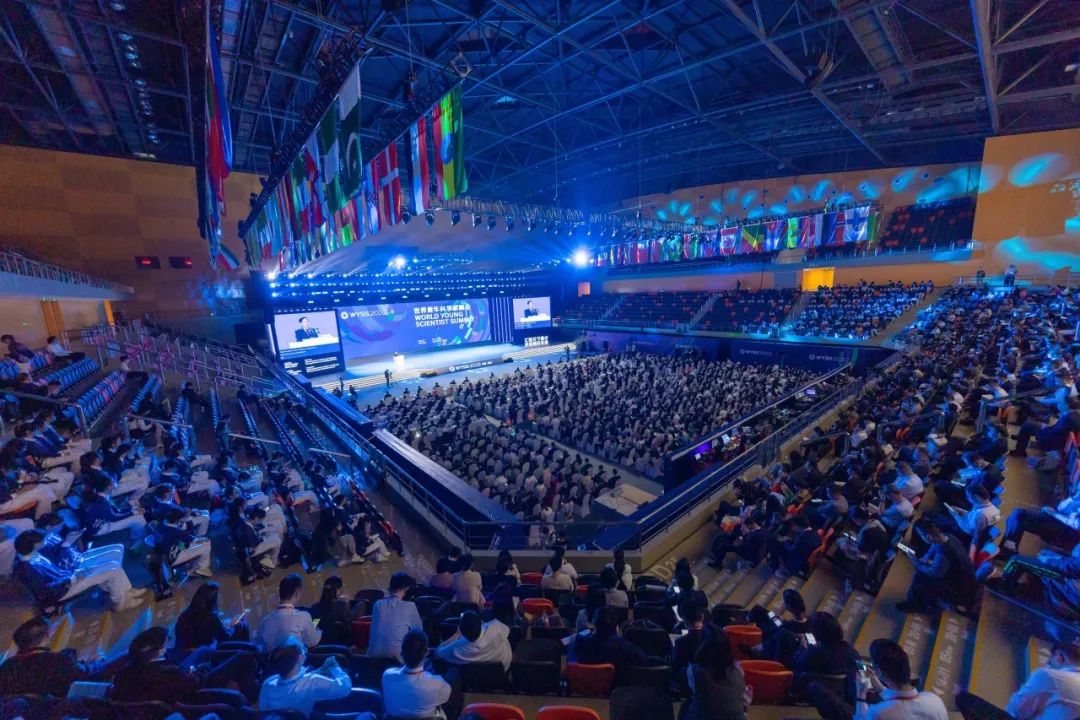
过去四年,已有3000多名青年研究人员齐聚世界青年科学家峰会。
三十多年来,生物学家李校堃一直致力于研究由18种蛋白质组成的成纤维细胞生长因子(FGFs),无论是胚胎中的器官形成、组织修复和重塑,还是成体的代谢稳态,这些蛋白质在调控新生细胞的各种发育路径方面发挥着关键作用。
“新陈代谢就像一盏灯,FGF就像电灯开关。”现任温州市科协主席、温州医科大学校长李校堃说。破译生长因子控制这些灯的机制,有望为糖尿病等疾病的新药研发铺平道路,甚至促进组织和器官再生1。
李校堃正是意识到了FGF信号传递的复杂性,因此他强调与同行合作的重要性,这一认识激发他积极深度参与2019年在中国温州举办的世界青年科学家峰会(WYSS)首届峰会。
关键平台
“研究FGF家族,清楚地表明了国际合作、知识交流和指导的必要性。”李校堃说,“像世界青年科学家峰会这样的平台可以帮助青年科学家提出他们的研究挑战,共同合作取得进步。”
第五届世界青年科学家峰会计划于2023年11月举行。迄今为止,青科会各项会议已累计汇聚了3000名青年科学家,大多数年龄在45岁以下,他们在会上相互交流并与包括诺贝尔奖得主和联合国代表等在内的资深同行互动学习。
往期的青科会设计了许多不同的活动主题,科学家们可以参加“中欧青年科学家对话”,讨论气候变化等话题;或者参与大学创业世界杯(USWC)活动,这是一项始于2015年的大学创业大赛。
去年以来,参与青科会的相关科学家们,正在筹备成立国际组织,致力于汇聚天下英才,共创美好未来。
博采众长
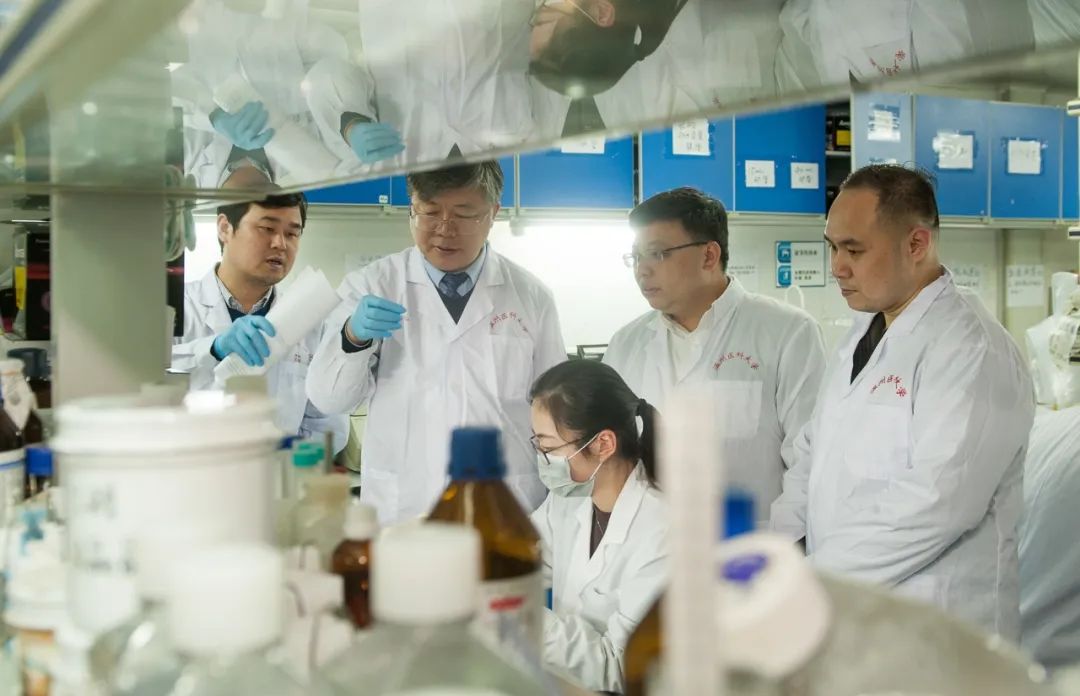
生物学家李校堃(左二)为温州医科大学校长、世界青年科学家峰会的支持者
在2018年温州举行的国际成纤维细胞生长因子学术会议上,世界青年科学家峰会和李校堃的FGF研究都迎来了关键一刻。当时,李校堃见到了从美国纽约大学医学院前来做会议发言的结构生物学家Moosa Mohammadi,Mohammadi后来也深度参与峰会。
初次见面以后,他们建立起了持续至今且富有成果的合作关系。2022年,Mohammadi在瓯江实验室(再生调控与眼脑健康浙江省实验室)就职。
这一次见面,还促使李校堃和Mohammadi合力启动了世界青年科学家峰会大健康论坛。
在Mohammadi所组织的技术会议中,世界青年科学家峰会吸引了包括Ada E. Yonath在内的杰出科学家共同参与。Yonath是一位化学家,她率先揭示了核糖体的结构,也是仅有的八位获得诺贝尔化学奖的女性之一。Mohammadi说,与这样高水平的科学家交流互动,对青年科学家具有重要意义,这有助于他们识别新的研究方向,学习领导力。延续往年惯例,今年世界青年科学家峰会亦邀请了诺贝尔奖得主参加。
“世界青年科学家峰会已经表明,科学无国界,无论国籍、宗教和政治观点如何,科学家们可以齐心协力,共创人类美好生活。”Mohammadi补充道。
“世界青年科学家峰会还使青年研究人员有机会汲取商业智慧、提升创业能力——寻找资金和商业转化所不可或缺的技能。”丹麦大学创业协会丹麦大学联盟(Venture Cup Denmark)的首席执行官Morten Ugelvig Andersen说道。
Andersen负责运营大学创业世界杯,这是世界青年科学家峰会的一个主要亮点,旨在帮助青年研究人员在大学创新创业中建立全球合作。今年的决赛入围者包括一家乌克兰初创公司和一家肯尼亚初创公司:前者主要制造可以探测地雷的先进无人机携带传感器,后者致力于帮助农民共享便携式太阳能灌溉技术。
“我们期待帮助参会的企业家在国际上发现和推广富有前景的研究项目。”Andersen说。李校堃补充表示,温州拥有合适的环境,生物制药生态在此蓬勃发展,吸引了广大创新者。
广交合作伙伴
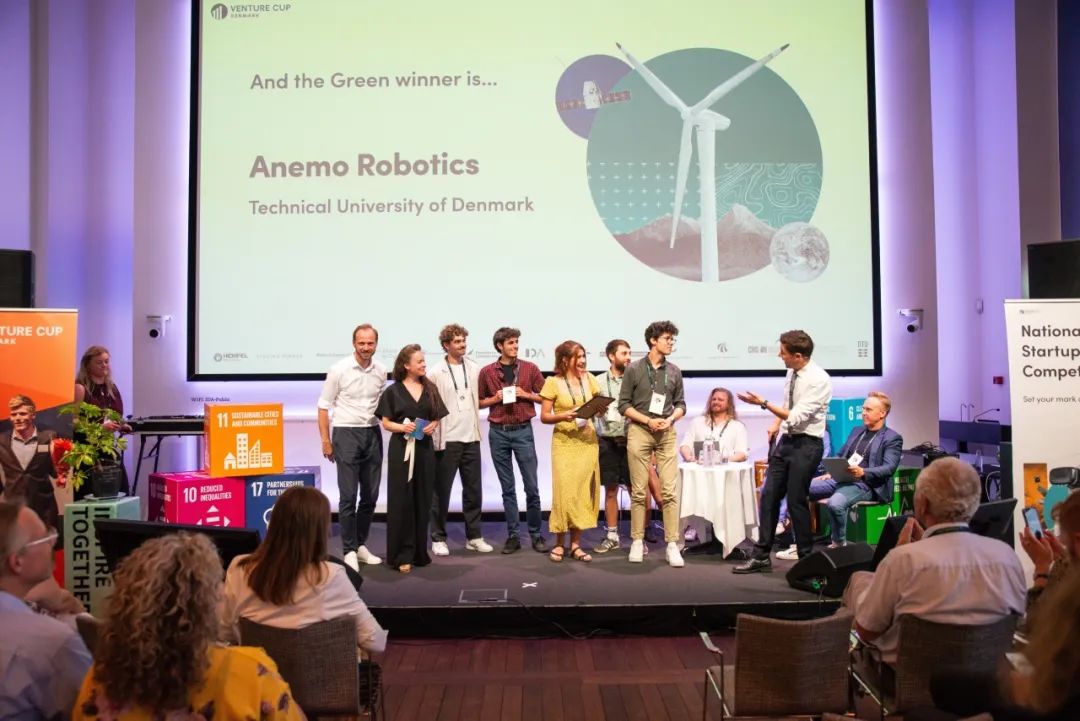
每年,数百位青年研究人员齐聚一堂,参加讨论、竞赛和颁奖活动。
Andersen表示,世界青年科学家峰会还帮助各组织建立国际合作关系。例如,丹麦创新中心和世界青年科学家峰会达成了新协议,进一步深化合作。
2022年11月,基于往届世界青年科学家峰会会议期间建立的关系,世界青年科学家联合会(WAYS)应运而生。“我们的主要目标是为青年科学家开展国际合作奠定坚实的基础,并为他们未来的努力设定航向。”李校堃说。
李校堃对今年的峰会充满期待。本届峰会演讲者云集,众多分会精彩纷呈,涵盖从氢能到神经医学的各种主题。李校堃说,会议亮点包括青年科学家颁奖典礼和有关健康与老龄化的论坛。
“我期待推动与青年科学家之间的交流,并为我们瓯江实验室的研究团队招募人才。”Mohammadi说,“我预计世界青年科学家峰会将成为学者间以及学界与制药行业之间建立国际合作的重要纽带。
“我们希望建成充满活力的社区,支持青年科学家成长,培养他们对科学研究和技术创新的热情,从而为人类和社会经济发展创造更美好的未来。”李校堃补充说。
在即将举办的2023世界青年科学家峰会上,青年科学家们将再次齐聚中国温州,借此平台结交科技英才,学习交流创业技能,推动实现合作共赢。
延伸
宗旨
• 推动发展多元、开放的交流网络
• 促进青年科学家开展国际合作
• 树立产学研融合的典范
开幕式时间
2023年11月11日
地点
中国·浙江温州
亮点
• 中国-北欧发展合作论坛
• 女科学家论坛
• 2023国际能源材料会议
• 大健康论坛
• 第十二届菠萝科学奖
了解更多信息
www.wyss.org.cn/2022/en/index.html
1.Chen, L. et al., Nature 618, 862–870 (2023). https://doi.org/10.1038/ s41586-023-06155-9
延伸阅读
《Nature》创刊于1869年,是世界上历史悠久的、最有名望的科学杂志之一。与当今大多数科学论文杂志专一于一个特殊的领域不同,其是少数依然发表来自很多科学领域的一手研究论文的杂志。在许多科学研究领域中,很多最重要、最前沿的研究结果都发表在《Nature》上。
